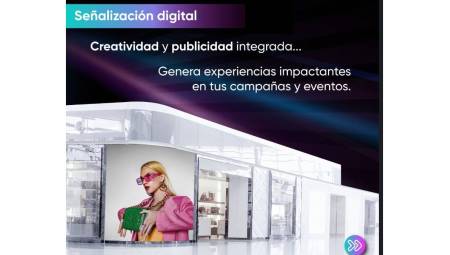 International. The UK has one-seventh of the teaching spaces in Western Europe, and continues to lead the way in adopting new and innovative technologies to provide an improved educational experience. As part of our Higher Education 2020 campaign, we have looked at some of the top trends in the digital classroom, as well as how they are projected to develop.
International. The UK has one-seventh of the teaching spaces in Western Europe, and continues to lead the way in adopting new and innovative technologies to provide an improved educational experience. As part of our Higher Education 2020 campaign, we have looked at some of the top trends in the digital classroom, as well as how they are projected to develop.
Over the years, technology has become an essential part of our daily lives. We live in a time when students have much more advanced technological knowledge than their teachers: 40% of students claim to have "very good" digital knowledge, while only 23% of teachers1 make the same statement. Thanks to the increasing availability of online entertainment and social media, many education professionals are realizing that monologue is no longer the most effective way to connect with today's students.
We are witnessing the trend towards greater use of mobile devices by students to access content, as the consumption of multimedia content in a portable way becomes more common, as well as continuous contact with other peers. As a consequence, learning spaces respond to this change with an important commitment to the use of web-based platforms compatible with any device and adapted to mobile devices, which can be used both in classrooms and at home. Manufacturers of audiovisual solutions are also offering wireless presentation systems that allow multiple devices to be connected to a central monitor in the classroom for content sharing and group collaboration.
This growing interest in connected mobile systems enables the evolution of the "flipped classroom," where students listen to online lessons and devote classroom time to collective group learning. Previously this concept existed mainly in higher education, but today it is increasingly extended to secondary education, due to the availability of compatible audiovisual solutions. These solutions are intuitive for today's generation, promote collaboration, and allow students to easily share their screens with other classmates during class.
Complementing the growing adoption of the flipped classroom, we see how the role of video continues to evolve beyond its initial function of simply reiterating static content in the classroom. Higher education institutions can now use video to provide feedback, deliver assignments and share dossiers, while motivating students and teachers to stand on both sides of the camera. 90% of decision-makers in the education sector believe that video will play a key role in the future of education, while 70% of higher education institutions already use simultaneous recording systems to extend the reach of their content1.
Today's digital classroom is increasingly influenced by mobile-friendly and feature-packed solutions as the way students consume content evolves. As a result, manufacturers, integrators and, ultimately, end users, do not stop learning and adapting, providing new and innovative solutions to achieve an improved educational experience.
Text written by Damien Weissenburger, Head of Corporate & Education Solutions at Sony.















